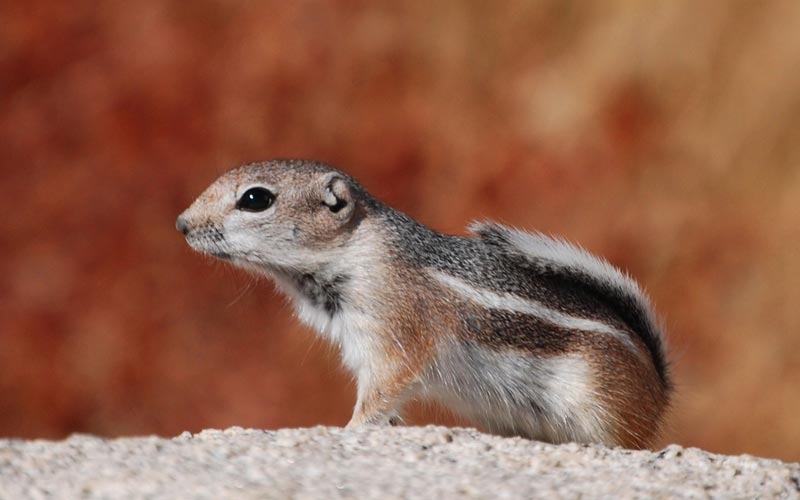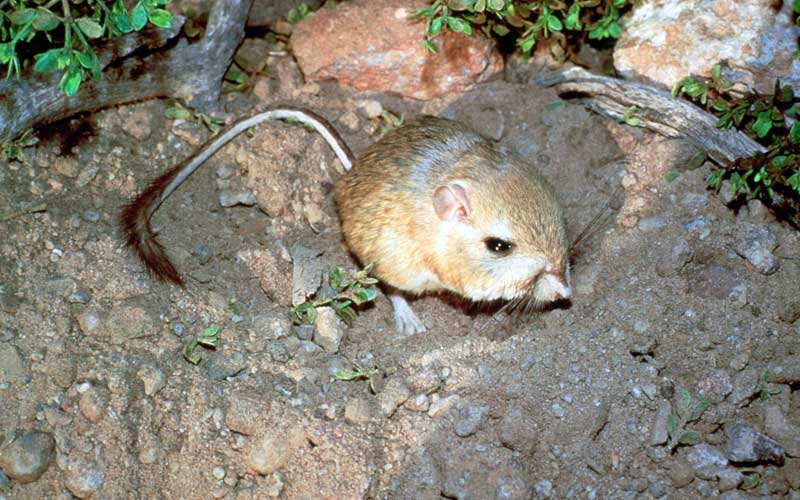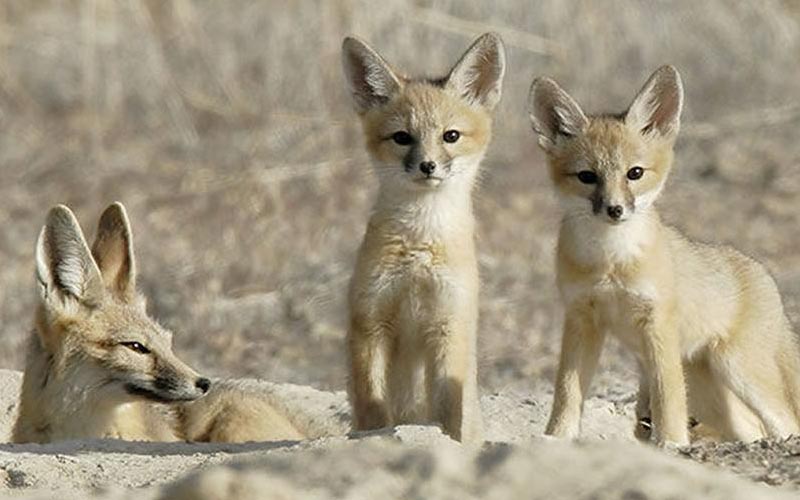Fauna
Wildlife of the Carrizo
The Carrizo Plain is a large enclosed grassland plain, 50 miles long and 15 miles wide. It is the largest single native grassland remaining in California, a remnant of the huge San Joaquin Valley grassland ecosystem. With an abundance of rare wildlife, it’s sometimes referred to the Serengeti of California (The Nature Conservancy, 2016).
In winter months, when Soda lake has sufficient water to sustain the species, the Carrizo Plain is home to a variety of birds of prey. These birds include ferruginous hawks, red-tailed hawks, rough-legged hawks, and the prairie falcon (Watchable Wildlife, 2015).
Viewing Season
Winter raptors are best seen in the months between October and February.
Water fowl are seen best wet winters grace the southlands of California.
Snakes, lizards, roadrunners, and coyotes can be seen year round grazing the grasslands. (Watchable Wildlife, 2015)
Subscribe to our
Newsletter







